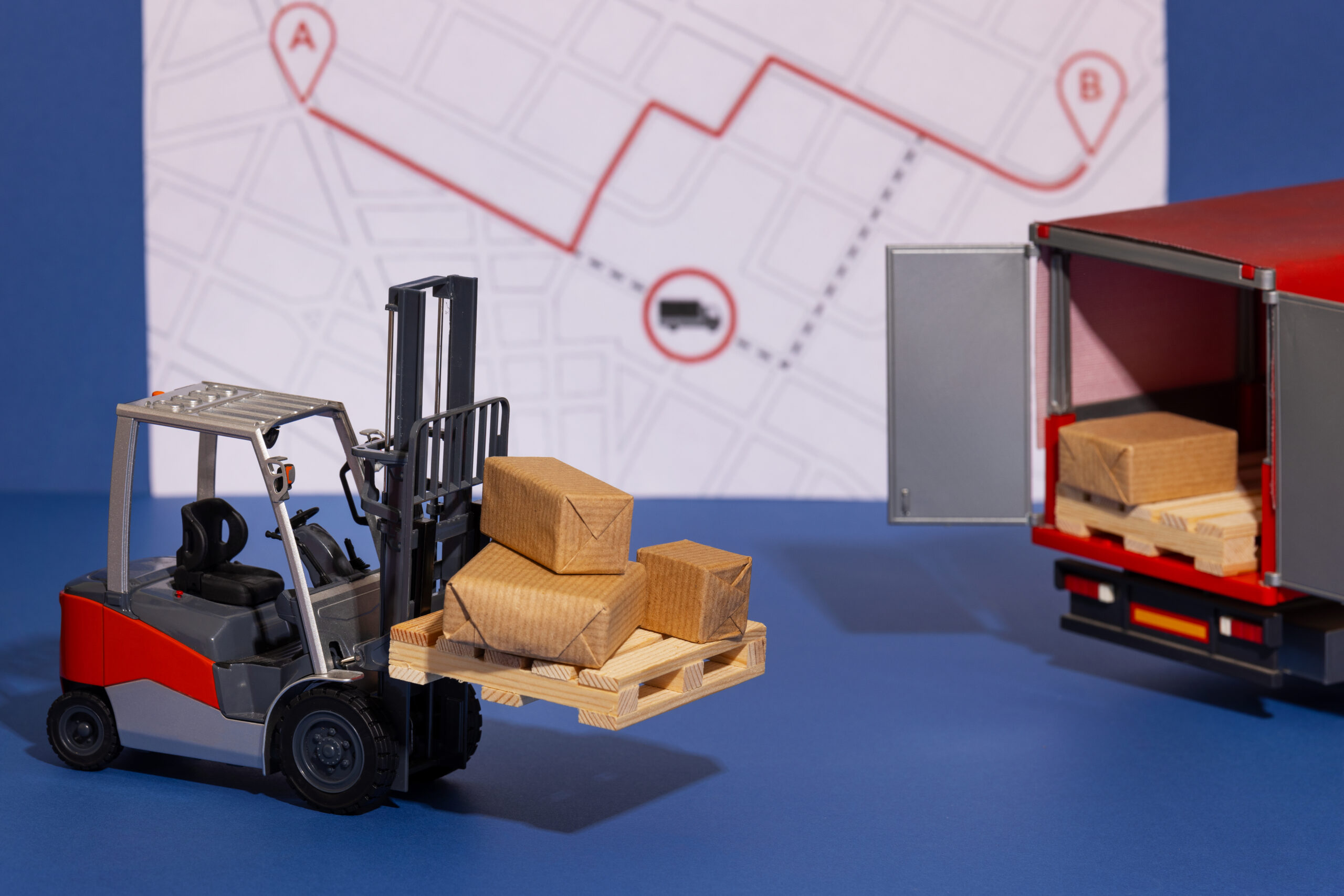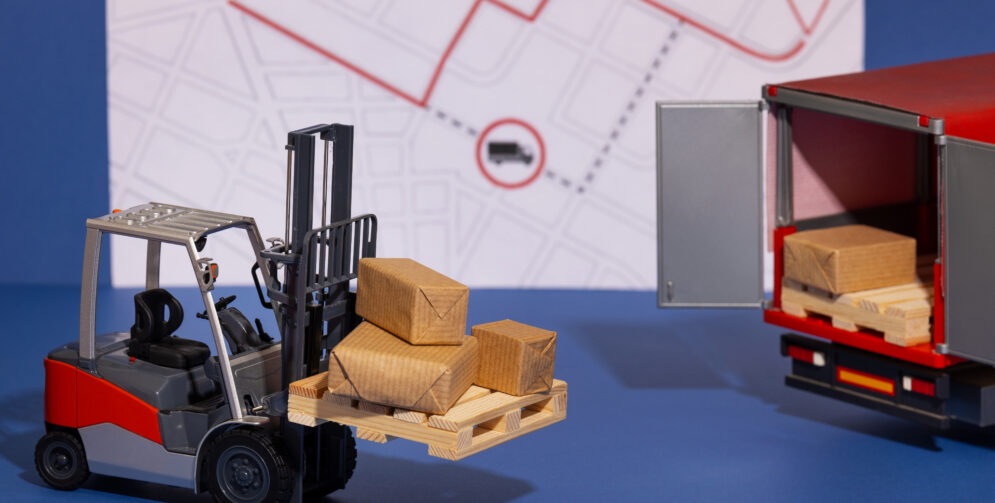
Efficient logistics are the backbone of any business—especially in a vast and diverse country like India, where geography, road infrastructure, and delivery expectations can vary significantly. Choosing the right freight method can impact everything from delivery timelines to profit margins. In this guide, we’ll explore LTL vs FTL Shipping in India, helping you decide which model best suits your business size, shipment volume, and budget.
So, how do you decide what’s right for your business? Let’s break it down.
Understanding LTL and FTL Shipping
LTL shipping means your freight shares space with shipments from other businesses. You’re charged only for the portion of the truck you use. This is ideal for smaller shipments that aren’t urgent.
FTL shipping, on the other hand, gives your goods exclusive use of the entire truck. It’s more expensive but ensures faster delivery with less handling—great for large, fragile, or time-sensitive loads.
Advantages and Disadvantages
LTL Shipping: Pros & Cons
Advantages:
- Cost-Effective: Pay only for the space you use—perfect for businesses shipping smaller loads regularly.
- Flexible for SMEs: Ideal for fluctuating shipment volumes without needing to fill an entire truck.
- Eco-Friendly: Shared loads reduce the number of trucks on the road, lowering carbon emissions.
Disadvantages:
- Slower Transit: Multiple stops and varied cargo can delay delivery.
- Higher Risk of Damage: More handling and transfers increase the chances of breakage or loss.
- Less Control: You rely on the carrier’s schedule, not your own.
FTL Shipping: Pros & Cons
Advantages:
- Faster Delivery: Since it’s a direct trip, goods arrive sooner—essential for time-sensitive products.
- Safer for Fragile Items: With fewer touchpoints, the risk of damage drops significantly.
- Better Control: You set pickup and delivery times to fit your supply chain precisely.
Disadvantages:
- Higher Cost: You’re paying for the entire truck, whether it’s full or half-empty.
- Less Flexible: Not ideal if your business doesn’t consistently ship in bulk.
- Environmental Load: Sending a half-filled truck isn’t great for sustainability goals.
LTL vs FTL at a Glance

How to Decide: LTL or FTL?
Choosing between LTL and FTL boils down to five core factors:
- Volume: If you’re shipping pallets or partial loads, LTL makes sense. For bulk freight, FTL is more practical.
- Urgency: Tight delivery timelines? Go with FTL.
- Fragility of Goods: The fewer hands touching your cargo, the safer it stays—opt for FTL.
- Cost Sensitivity: LTL helps save costs on non-urgent deliveries.
- Control & Flexibility: Need full control over pickup and drop-off? FTL is your friend.
In India, where logistics can be affected by region-specific challenges—such as terrain, weather, or regional regulations—having flexibility in freight choices is a major advantage.
Frequently Asked Questions
- What is the main difference between LTL and FTL?
LTL shares truck space with other shipments; FTL dedicates the whole truck to your goods. - Which is cheaper: LTL or FTL?
LTL is usually cheaper for small loads, while FTL becomes cost-effective when shipping large volumes. - Is FTL faster than LTL?
Yes. FTL deliveries are quicker because they travel directly without intermediate stops. - Can I send fragile items via LTL?
It’s possible, but not ideal. Fragile items are safer with FTL due to fewer handling points. - How do I know which method suits my business?
Analyze your shipment volume, delivery speed requirements, and sensitivity of goods. Then match them with the pros and cons of each method.
Final Thoughts
India’s growing eCommerce, manufacturing, and distribution sectors rely on efficient freight movement more than ever. If your business deals with smaller, less urgent shipments, LTL shipping offers a flexible, cost-saving approach. But if speed, volume, and cargo safety are critical, FTL shipping gives you the speed and control you need.
Ultimately, your shipping choice should align with your budget, delivery commitments, and customer expectations. By understanding how each model works and where it fits best, you can streamline your logistics strategy and stay competitive in the Indian market.
